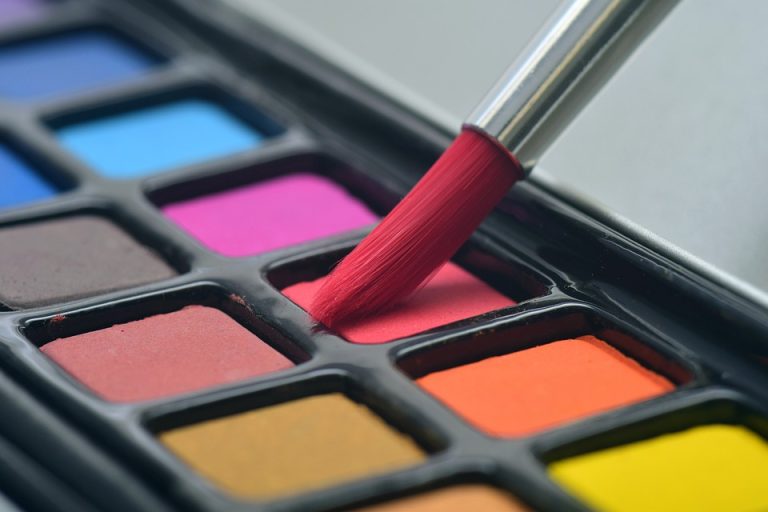Splatter painting is a fun and exciting way to create unique and dynamic artwork. The technique involves flicking, dripping, or splattering paint onto a surface to create interesting patterns and textures. While it may seem chaotic and messy, there are actually some tips and tricks that can help you achieve professional-looking results. Whether you’re a beginner or a seasoned artist, here are some tips for splatter painting like a pro.
1. Choose the right materials: Before you start splatter painting, make sure you have the right materials on hand. You’ll need a canvas or paper to paint on, as well as acrylic or watercolor paint. You can also use other materials like ink, spray paint, or even coffee to create different effects. Additionally, you’ll need brushes, sponges, or a toothbrush to splatter the paint onto the surface.
2. Prepare your workspace: Splatter painting can get messy, so it’s important to prepare your workspace before you start. Lay down a drop cloth or old newspapers to protect your work surface. You may also want to wear old clothes or an apron to protect yourself from any splatters. Make sure to work in a well-ventilated area to avoid inhaling fumes from the paint.
3. Practice your technique: Before you start splatter painting on your final piece, it’s a good idea to practice your technique on a separate piece of paper. Experiment with different amounts of paint, brush sizes, and flicking techniques to see what works best for you. You can also try different surfaces and textures to see how they affect the splatter patterns.
4. Control your splatters: While splatter painting is meant to be spontaneous and free-flowing, it’s important to have some control over where the paint lands. You can achieve this by adjusting the distance between the brush and the surface, as well as the speed and direction of your flicking motion. You can also use different tools like sponges or stencils to create more controlled splatter patterns.
5. Layer your splatters: To create depth and dimension in your splatter painting, try layering different colors and textures. Start with a base layer of paint and then add splatters of different colors on top. You can also experiment with mixing different mediums like ink or spray paint to create interesting effects. Don’t be afraid to overlap splatters or create patterns within patterns.
6. Embrace imperfections: One of the best things about splatter painting is that it’s unpredictable and imperfect. Embrace any unexpected splatters or drips as part of the creative process. If you make a mistake, don’t be afraid to experiment and try new techniques to cover it up or incorporate it into your design. Remember that art is subjective, and sometimes the most interesting pieces come from happy accidents.
Splatter painting can be a fun and rewarding experience for artists of all levels. By following these tips and getting creative with your technique, you can create professional-looking artwork that’s sure to impress. So grab your paintbrush and let your creativity splatter onto the canvas!

